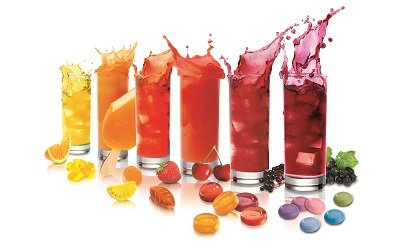Inside BENEO’s new pulse plant: pioneering sustainable protein from faba beans
Future Market Insights (FMI), delivers key insights on the Natural Food Colours market in its recent report titled, “Global Natural Food Colours – Market Analysis and Opportunity Assessment, 2014 – 2020”. According to the report, the overall food colours market is anticipated to grow at a healthy single-digit compound annual growth rate (CAGR) of 5.1% during 2014 – 2020, according to Future Market Insights (FMI), report. Interestingly however, the natural food colours market is projected to grow by 2.8 times more than the synthetic food colours market and 2.1 times more than that of the caramel colours market. The global natural food colours market reached around $ 1.14 billion in terms of value in 2014.
Assessing the various factors driving this market, FMI analyst Megha Dodke said, “Rising demand for natural ingredients from food processing industries in order to produce clean label products is a major factor expected to drive growth of the natural food colours market between 2014 and 2020”. This, she said, would offer processed food manufacturers more options other than synthetic food colours that the Food and Drug Administration (FDA) and the European Food Safety Authority (EFSA) have de-listed. In addition, current developments in food colour extraction & delivery techniques, coupled with packaging innovation, will further boost growth of the global natural food colours market.
Region-wise, Western Europe is the largest market in terms of revenue with over 26% of market share in 2014. The trend is more towards consuming colouring foodstuffs due to various food-related regulations in the region. Moreover, major regions such as Asia Pacific Excluding Japan (APEJ) and North America are shifting towards production of natural and preservative-free products which would further boost the demand of natural colours considerably in the forecast period.
Type-wise, the report covered seven natural colouring pigments: anthocyanin, carotenoids (beta-carotene, annatto, lutein and lycopene), curcumin, paprika extract, spirulina extract, chlorophyll and others (betalains, carmine etc.). Carotenoids is estimated to be the largest segment with over 31% of the total market share in 2014 followed by anthocyanin with 22%. On the other hand, paprika extract and curcumin together accounted for more than 20% of the market in the same year.
Carotenoids are the most widely used natural colours due to greater stability and varied hues, ranging from yellow to red. Lycopene is expected to grow fastest among all the carotenoids at a CAGR of around 11.4% over the forecast period. Spirulina is projected to exhibit a double-digit CAGR through 2014–2020, due to the recent US FDA approval for usage of spirulina extract in confectionery and bakery applications.
The report noted that key players such as Sensient Technologies Corporation and Kalsec, Inc. are expected to continue to introduce innovative stable broad-spectrum of natural colours/pigments in the market. Additionally, major participants such as DDW, The Colour House, Naturex S.A., Archer Daniels Midland Co. (Wild Flavors, Inc.), Chr. Hansen A/S, ROHA Dyechem Pvt. Ltd. and GNT International B.V. are expected to command greater market share during the forecast period. Japan-based DIC Corporation is expected to emerge a major supplier of spirulina during the forecast period, owing to its expertise and scale of spirulina production.

